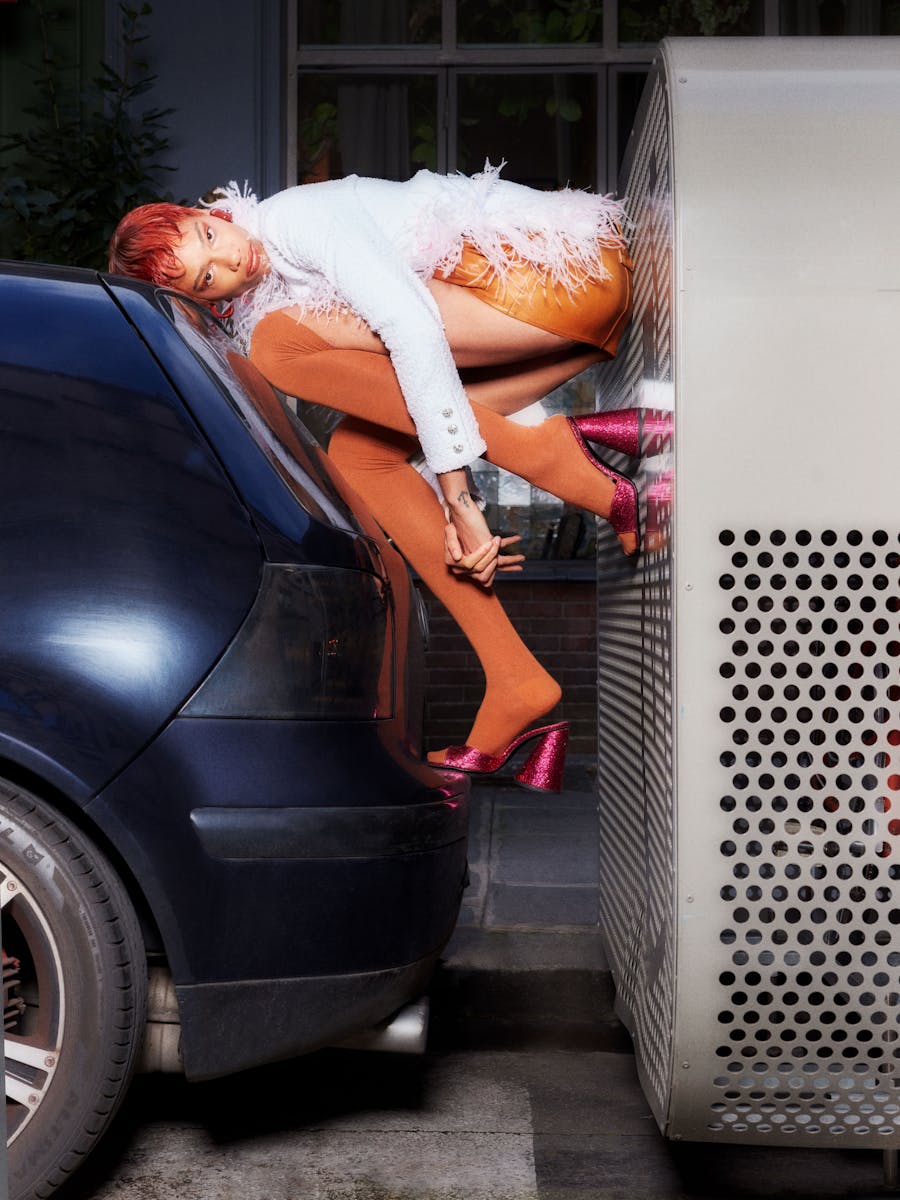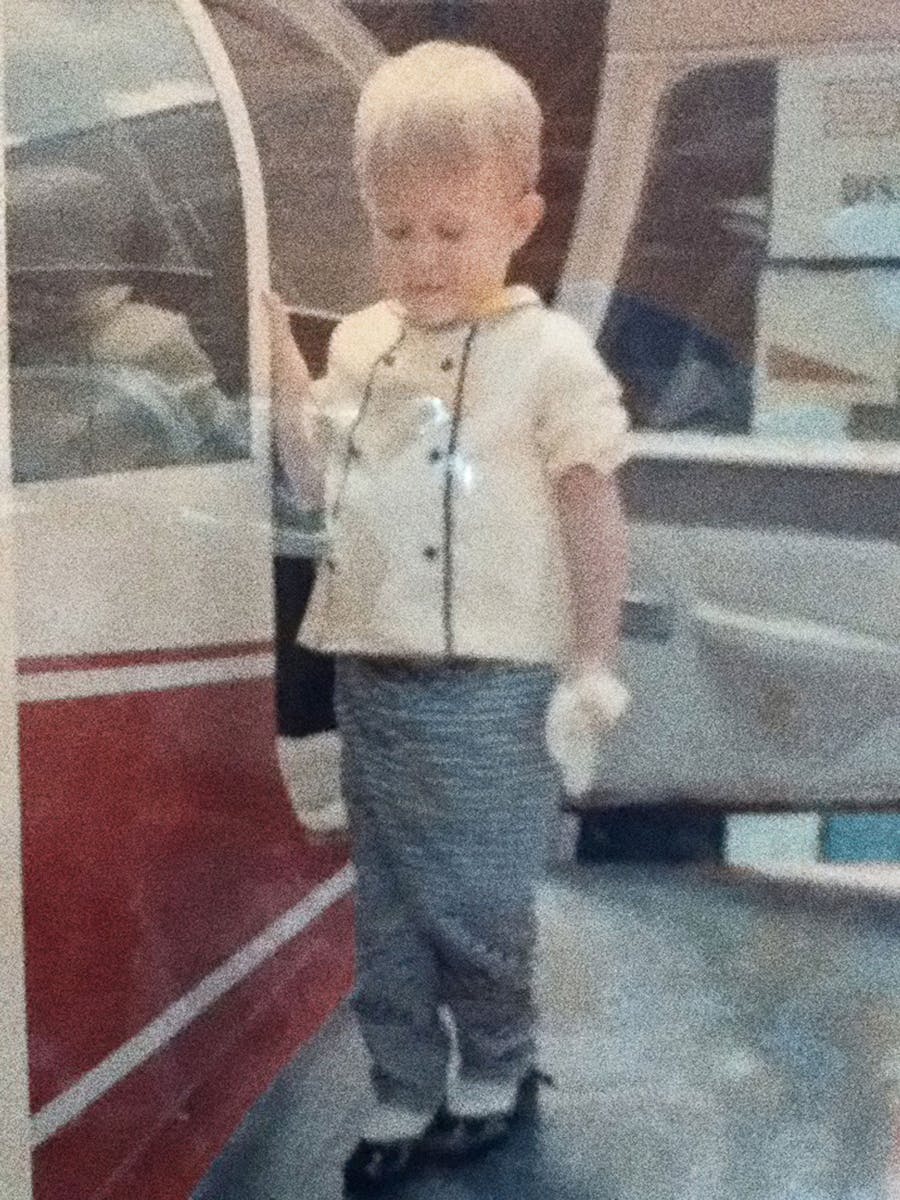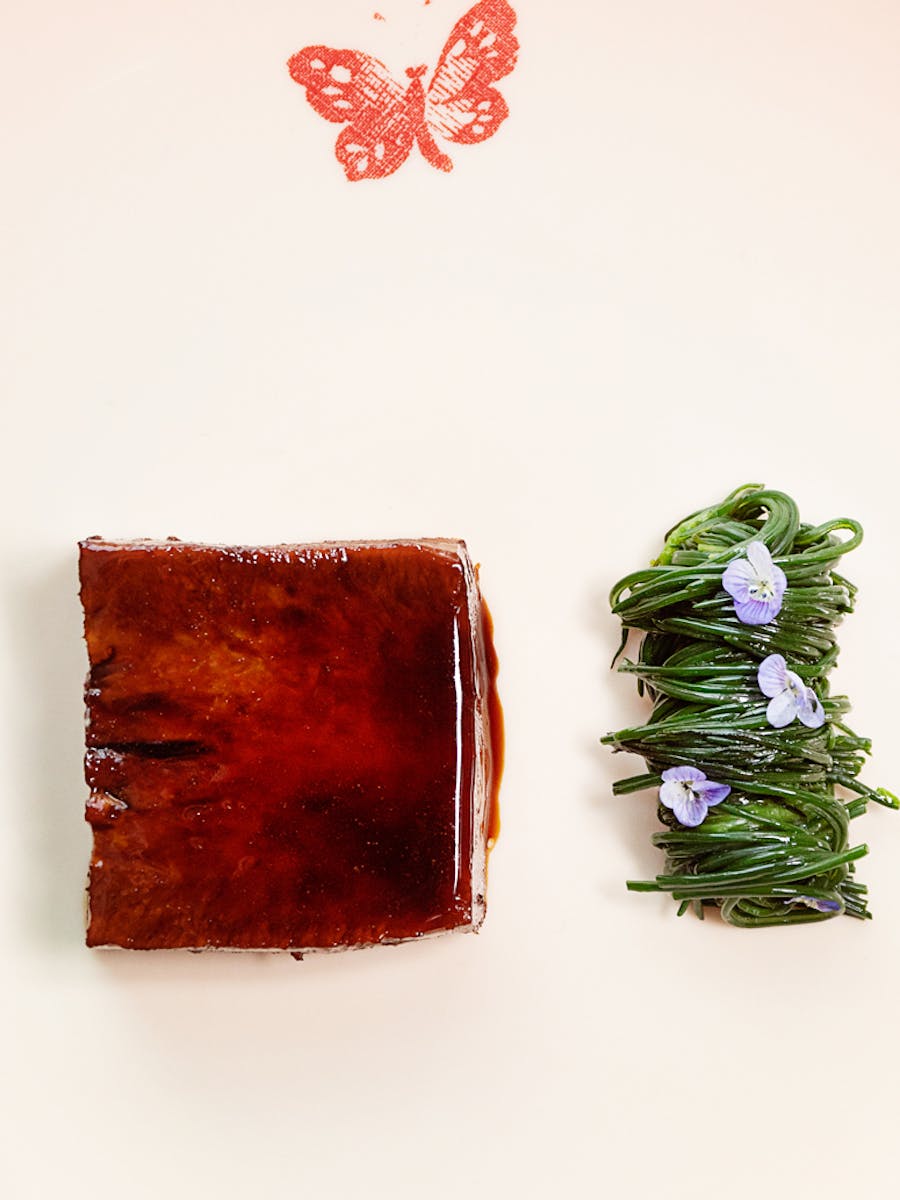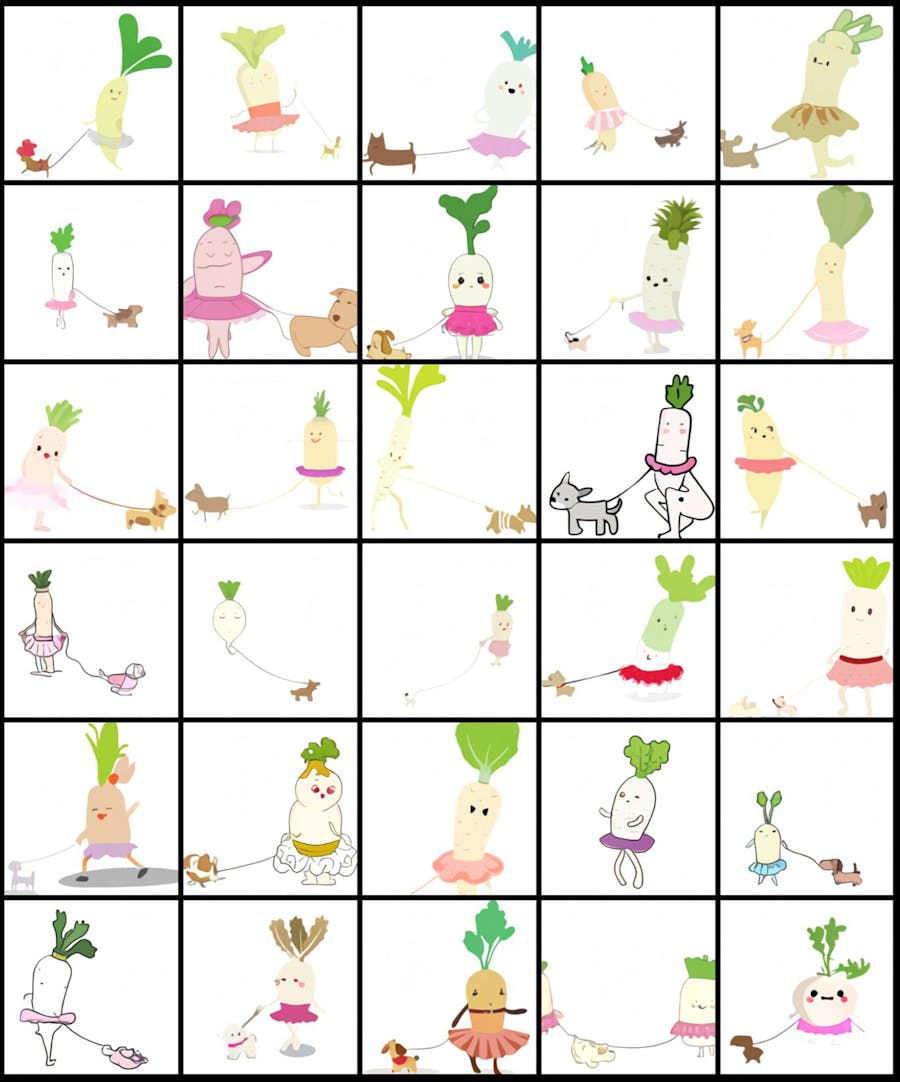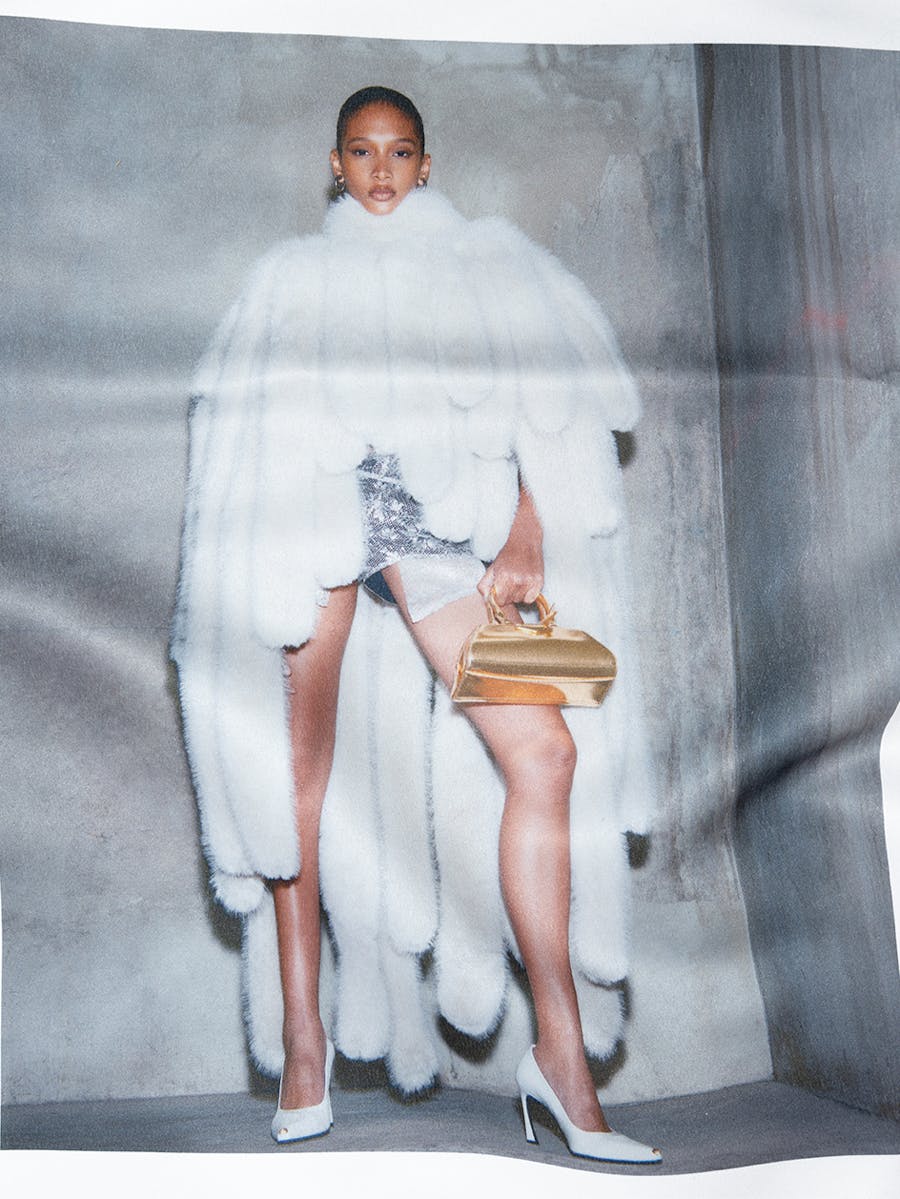From the Faces issue
From fine jewellery houses to cutting-edge creations, a
wave of designers and creative directors are reimagining precious objects as a new kind of flamboyance, be it discreet, experimental or bling. Here’s your quick guided tour around the kingdom of pearls, strass and 3D jewels.
If, in the words of Diderot, “the face reveals as much as it masks”, nowadays it has become very talkative. In the age of “Quiet Luxury” and pared-down beauty, attention is being paid to the face, decorated with new kinds of jewellery. Without the screen provided by clothing, a mask, an object or a filter, the face can show itself to be daring, brilliant or transgressive thanks to jewels that sublimate its singularity, unveiling still further the secret mythology that each individual carries within. From this sovereign vision of the face, sublimated by precious or metallic objects, shines forth a strong and radical identity that intrigues and fascinates as much as it disrupts.
Three years on from Sam Levinson’s Euphoria, we are still witnessing a growing trend towards eccentric, flamboyant beauty, as inspired by the magpie make-up of Cassie and Maddie. These looks, creative by Donni Davy, are inspiring youngsters on the internet - Tik Tok above all - and are reminiscent of the 90s ‘Club Kid’ looks, which were equally subversive (Björk would be a key reference). But after an infatuation with make-up, jewellery is also in the middle of its metamorphosis. From Louis Vuitton and Hermès to Balmain, via a host of new designers characterized by bright colours, jewels are glittering in multi-faceted splendour and are becoming a must have signifier of identity and aesthetic allegiance, often flirting with a certain anti-conformism.
The jewel: Euphoria Mania
A generation of designers are the cutting edge of a new way of creating and wearing jewels. Joyful, proud, and emancipated from the choking neckchains of their elders, they include Stéphanie D'Heygere, Hugo Kreit, Lorette Colé Duprat, Yann Tosser-Roussey, Alan Crocetti, and Florence Tétier and they incarnate the conceptual, inclusive and disruptive face of the world of jewellery. “My jewels respond to an aesthetic quest which is more minimalist than ornamental, but also functional and responsible”, explains the designer Stéphanie D'Heygere, whose chic and ultra-conceptual pieces are inspired by every day or upcycled objects (DVDs, plastic bags, small change). “Each jewel is born of an idea — never a sketch or an image — and offers several possibilities to the person wearing it.” From an earring necklace to “hair hoops” made with hair, d’Heygère’s experimental creations have an insolent charm, just like those of the avant-gardiste creator Hugo Kreit, who heads up his own eponymous brand.
“My work is at the border between accessories and statement pieces, spaces that are much freer than fine jewellery”, Kreit tells us. “Through my brand, I am freeing myself from the rules. I have a sculptural approach and I don’t have prejudices about the value of the materials I use. Fine crystals can go side-by-side with plastics. My view is that 3D printed pieces have the same value as pieces of classic jewellery if they are conceived with the same concern for quality. In this sense I consider my brand inclusive and totally free. To create new pieces, I draw inspiration from everything, save from jewellery where everything already exists.”
In lifting the curtain on a new jewellery universe at the borders of the classic and the fantastic, these new designers are redefining the rules of the game, and allowing for the diktats of classicism and good taste to be called into question on a permanent basis. Yann Tosser-Roussey also celebrates an exuberant aesthetic. “A coloured, visually striking, bling jewel”, he sums up. “My creations are influenced by technology, innovation and especially the use of 3D printing. But also by the pop culture of my adolescence in the 90s.” All these eclectic visions and success stories bear witness that jewellery is entering into a new era.
The new face of fine jewellery
Be it a subtle jewel or a statement accessory, contemporary opulence doesn’t tell, it shows. Very much part of the ‘Quiet Luxury’ trend and with a ‘less is more’ philosophy, distinctive luxury objects are making a return to the catwalk. Recent seasons have seen a septum ring on a Louis Vuitton face in the Fall 2022 show, and a Balmain one in the Spring 23 collection. They have also been worn on the red carpet, by FKA Twigs at the 2023 Met Gala, or the actor Florence Pugh, wearing a Tiffany model. This style recalls the famous Stella Tennant nose-piercing captured by Steven Meisel in 1993 for British Vogue. More radical still were the facial accoutrements of Alexander McQueen or, before that, of Dame Westwood, who borrowed from the BDSM aesthetic in the 1970s.
The major Parisian houses are also experimenting with other ways of creating jewels. Some are taking the risk of moving away from the archetypes of fine jewellery and the Place Vendôme to create a vocabulary more in tune with the spirit of the age, whilst remaining faithful to their own traditions. “I think that freedom and decadence are necessarily part of the idea of personal ornamentation and of luxury in general”, explains Hugo Kreit. “There are houses that have a classic style and others that prioritize a freer creative vision. In that sense designing is always free. It’s up to the houses to enable it to express itself effectively today.” Taking their cue from Dior’s artistic director of jewellery, Victoire de Castellane, a leading figure in luxurious fantasy, artisans and designers are imagining disruptive ornaments, bright and highly coloured. That’s certainly the case for the creative director of Hermès, Pierre Hardy, who also defends the idea of a jewellery tradition that is being reinvented in the service of imagination and form: “you have to be radical when you want to renew forms”, he explains. His collection, “Shadow games”, is also a counterpoint to classical jewellery work, the art of light and shade.
For the designer Yann Tosser-Roussey, Hermès is one of those house “constantly awake to the possibility of and on the lookout for new techniques and ways of conceptualizing accessories and jewels. In the future, I think that new dialogues will be possible between the major jewellery houses and an emergent and disruptive creativity.” The fact that Hugo Kreit was recently made head of jewellery at Nina Ricci by its creative director Harris Reed attests to the new synergies animating these worlds. “I support Harris Reed’s project of having fun with fashion. I share his light, fluid vision for this fashion house. The only rule in luxury is quality, but I think that everything is allowed as long as you offer desirable objects”, concludes Kreit.
